Discover Jiangsu: China's elegant waterfront paradise
Under China's expanded 240-hour visa-free transit policy, international travelers can now immerse themselves in Jiangsu province — a region where ancient water towns, imperial gardens, and vibrant culinary traditions converge. From Shanghai, embark on a 7–10 day journey blending seamless travel, cultural depth, and unforgettable flavors.
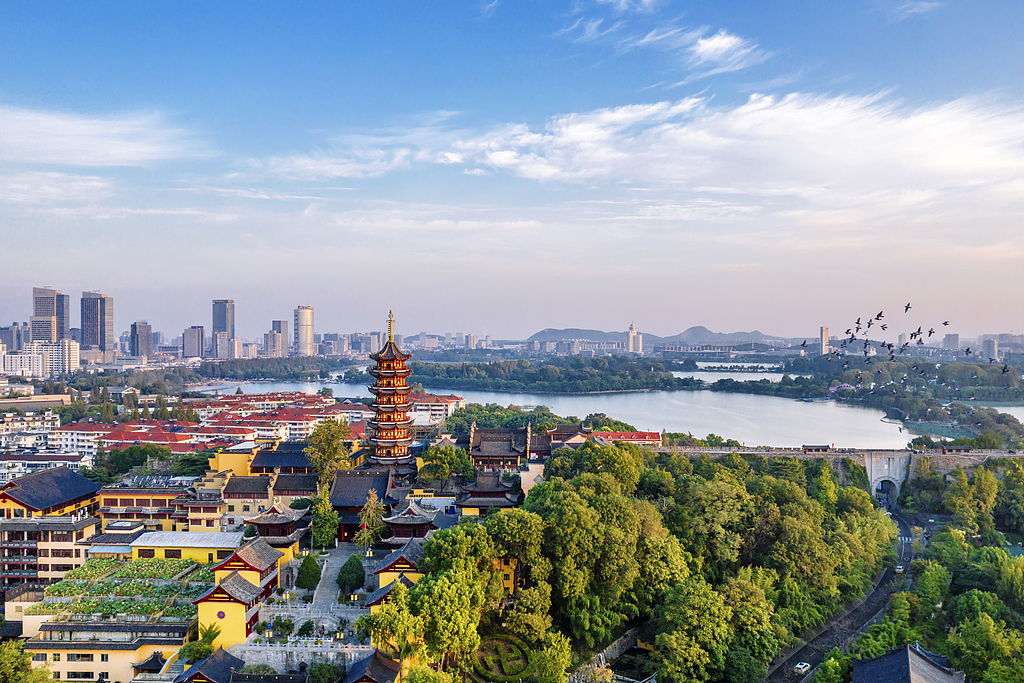
Travel from Shanghai to Jiangsu
By High-Speed Rail
For a scenic route, take the high-speed train from Shanghai to major Jiangsu cities:
- Nanjing: 1–1.5 hours
- Suzhou: 25–30 minutes
- Wuxi: 40–60 minutes
The Shanghai-Nanjing Intercity Railway (connecting Shanghai to Suzhou, Wuxi, Changzhou, Zhenjiang and Nanjing) offer frequent services, with standard seats for affordability or business class for added comfort.
By Bus
Take long-distance coaches from Shanghai Long-Distance Bus Station, Shanghai Pudong International Airport Shuttle Bus Service Center or Shanghai Hongqiao Integrated Transport Hub to key cities in Jiangsu:
- To Nanjing: 3.5–4 hours. Buses arrive at Nanjing South Bus Station or Nanjing Central Bus Station, both connected to metro lines (Line 1/Line 3).
- To Suzhou: 1.5–2 hours. Buses terminate at Suzhou North Bus Station or Suzhou Railway Station Bus Terminal, linked to metro Line 2/Line 4.
- To Wuxi/Nantong: 2–2.5 hours, with frequent daily departures.
By Car
Drive via expressways for flexible itineraries:
- To Nanjing: Take G42 Shanghai-Chengdu Expressway (300 km, 3.5 hours).
- To Suzhou: Follow G2 Beijing-Shanghai Expressway (100 km, 1.5 hours).
- To Nantong: Cross the Yangtze River via Sutong Bridge (G15 Shenyang-Haikou Expressway, 120 km, 2 hours).
- To Changzhou/Yangzhou: Connect via G42 or G40 Shanghai-Xi'an Expressway for scenic routes.
Use navigation apps (Amap, Baidu Maps) for real-time traffic guidance. Rest areas and EV charging stations are available along major routes.
Jiangsu's Cultural & Natural Highlights
Nanjing: Imperial Legacy and Modern Vitality
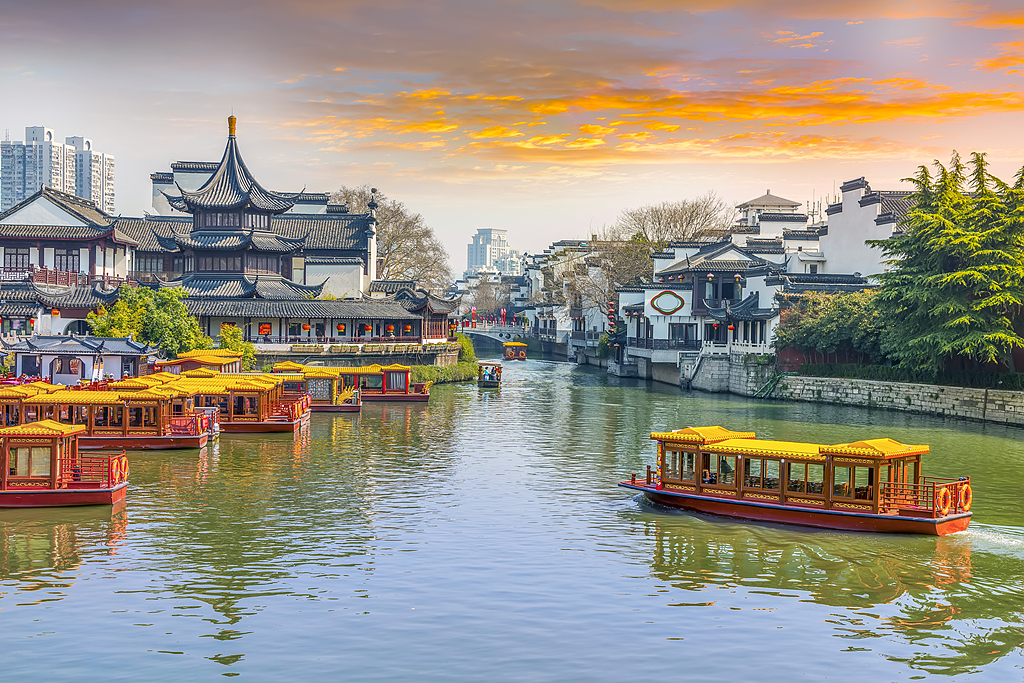
Confucius Temple (Fuzimiao): Stroll along the Qinhuai River, where lantern-lit streets and traditional tea houses evoke Ming Dynasty (1368-1644) charm. Don't miss Qinhuai snacks like salted duck and sweet osmanthus cake.
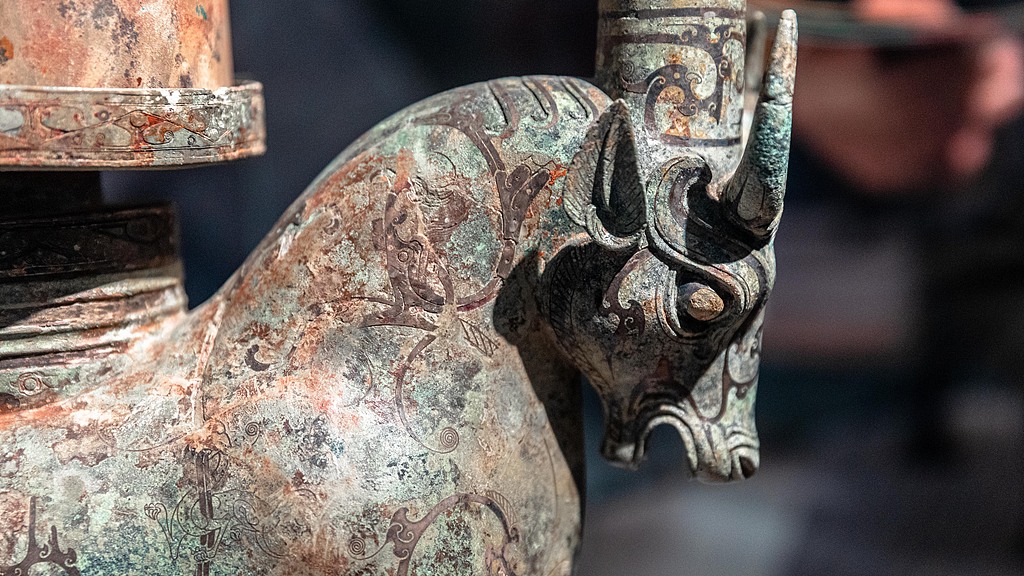
Nanjing Museum: One of the largest and most comprehensive museums in China, featuring a vast collection of historical artifacts and cultural relics.
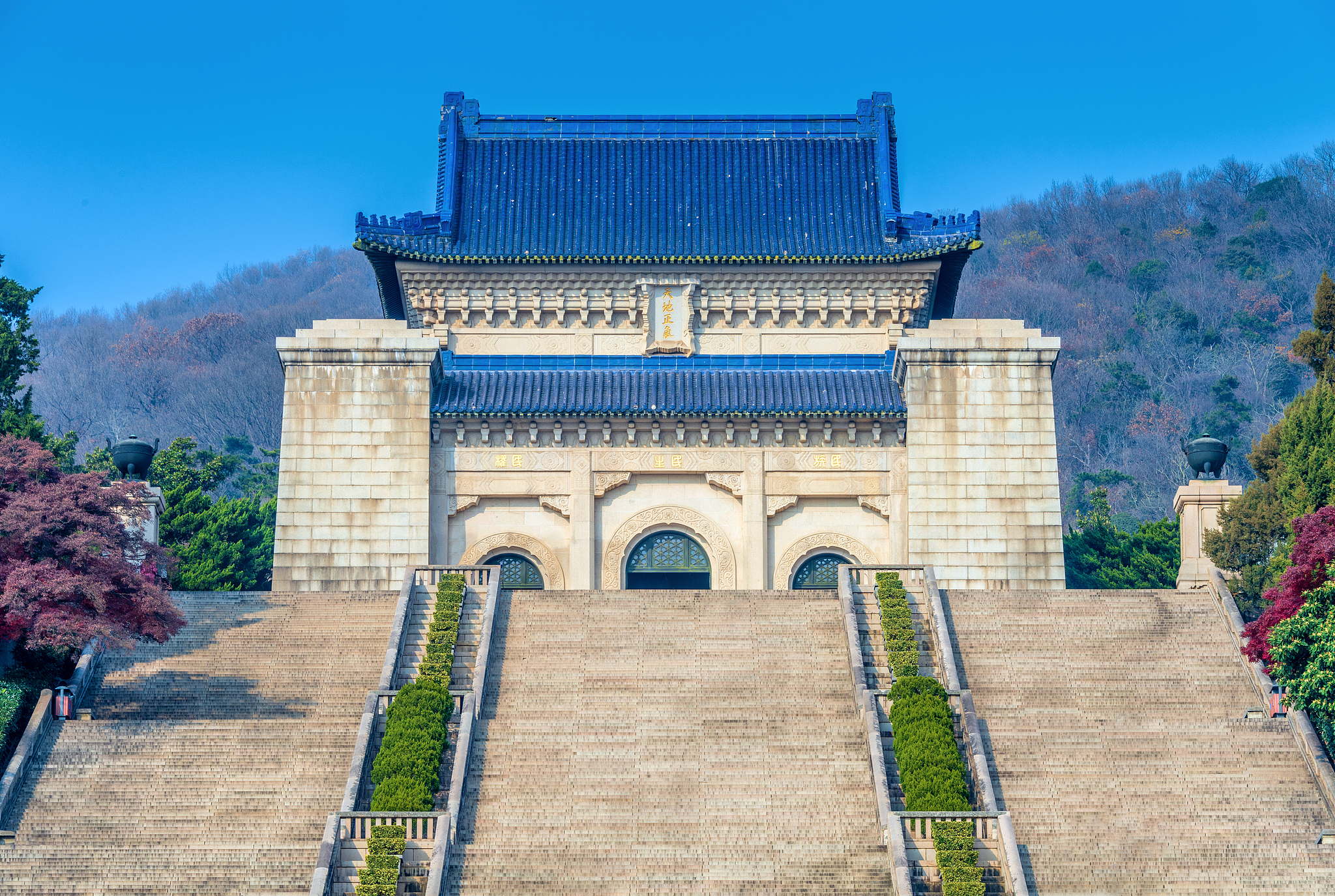
Sun Yat-sen Mausoleum: Hike the 392 steps to this hillside monument honoring the "Father of Modern China". The mausoleum is a masterpiece of modern Chinese architecture and a symbol of national unity.
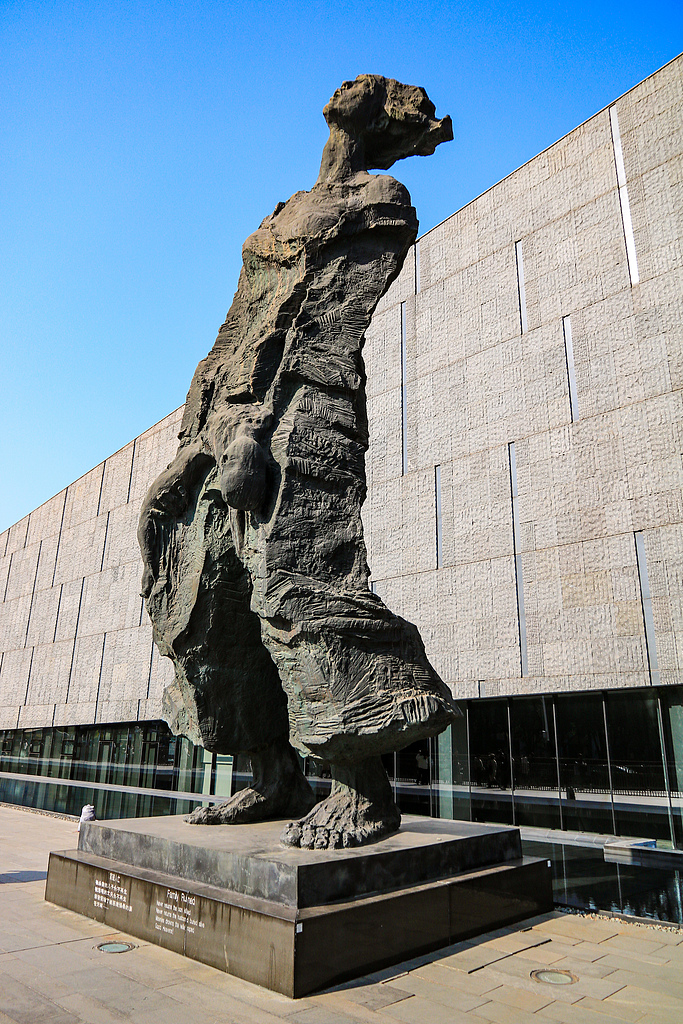
Memorial Hall of the Victims in Nanjing Massacre by Japanese Invaders: A sobering yet essential visit for anyone looking to understand modern Chinese history. The Nanjing Massacre took place when Japanese troops captured the then Chinese capital on Dec 13, 1937. Over six weeks, they killed approximately 300,000 Chinese civilians and unarmed soldiers in one of the most barbaric episodes of WWII.
Suzhou: Gardens and Canals
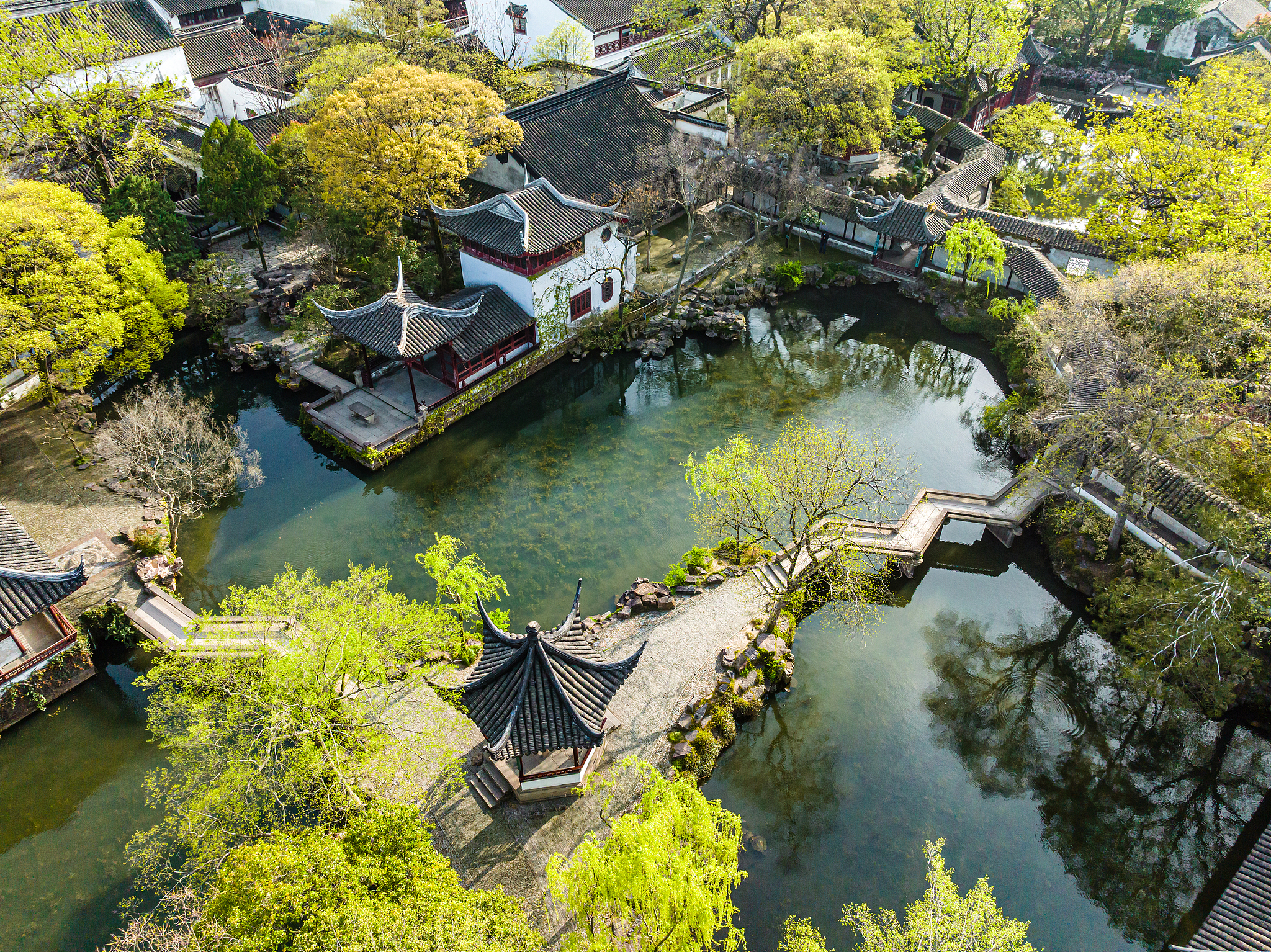
Zhuozheng Garden: A UNESCO World Heritage Site, this Ming Dynasty garden features lotus ponds, zigzag bridges, and pavilions framed by weeping willows.
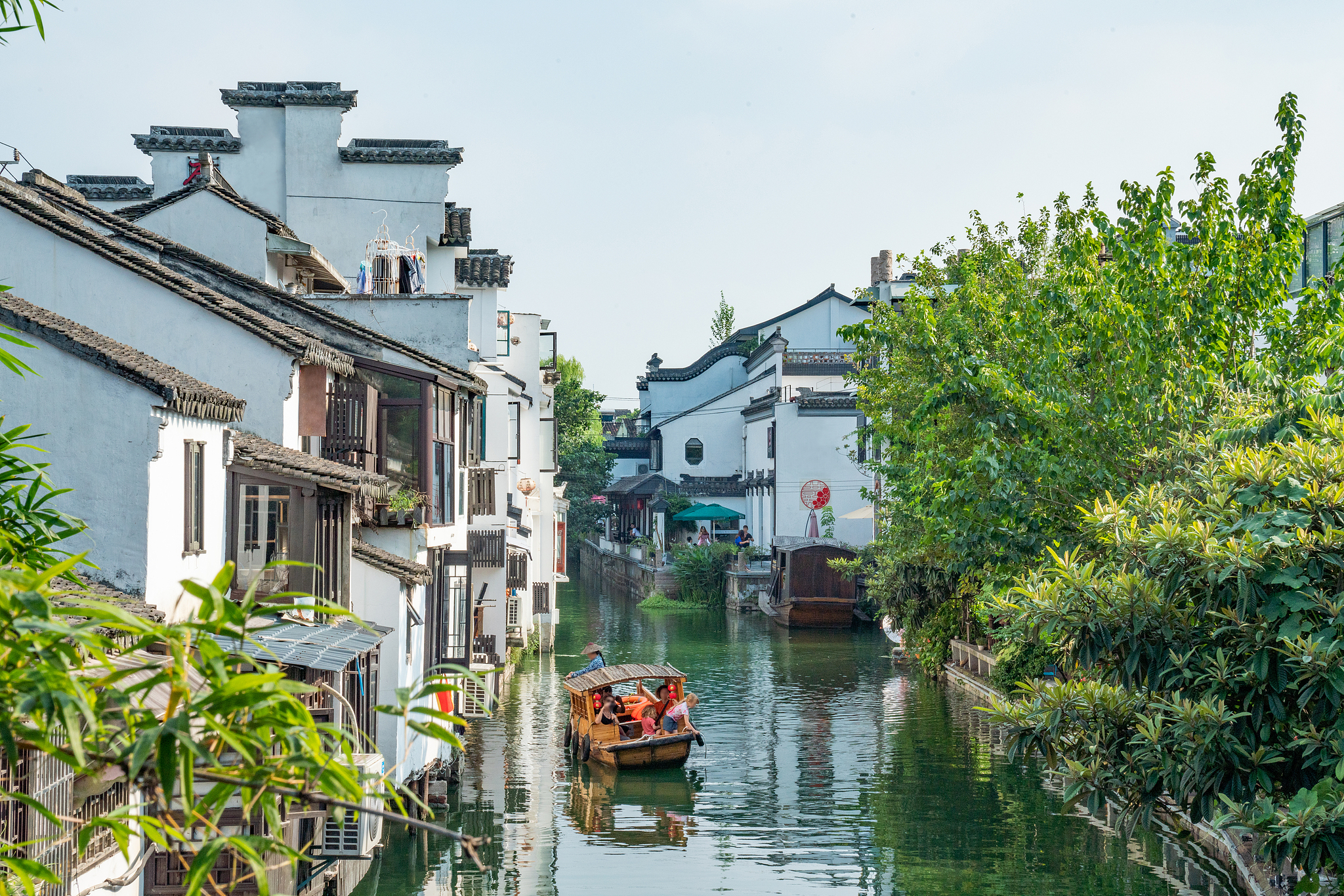
Pingjiang Road: A 2,500-year-old canal-side street lined with silk shops and Suzhou Opera theaters, where artists bring the elegance of Kunqu Opera to life.

Suzhou Museum: A renowned cultural institution designed by the famous architect I.M. Pei who designed the glass pyramid in front of the Louvre. It combines traditional Chinese architectural elements with modern design, showcasing a harmonious blend of art, history, and nature while housing an impressive collection of cultural relics and artworks.
Wuxi: Lakeside Serenity
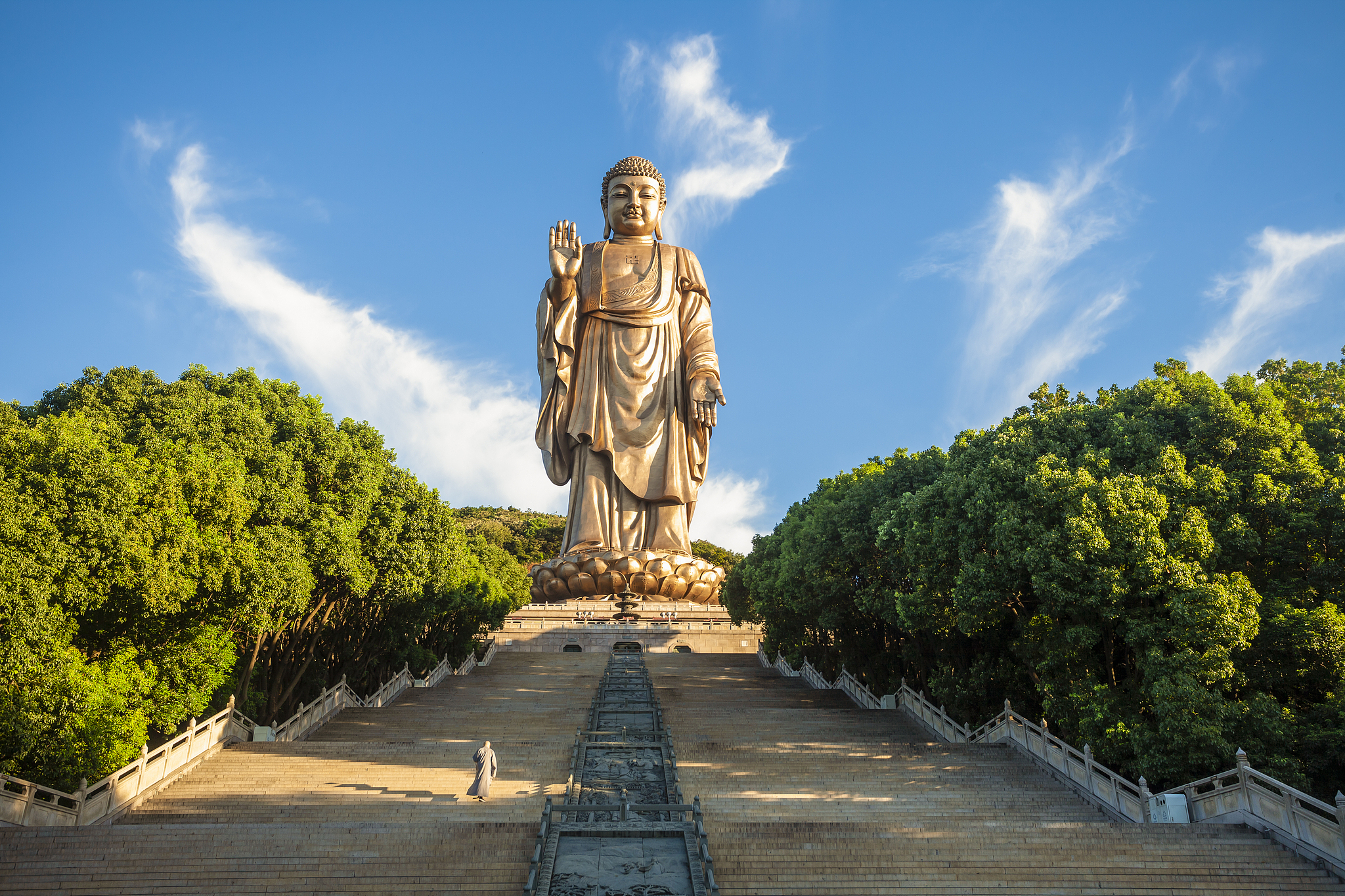
Lingshan Buddhist Scenic Spot: Marvel at the 88-meter-tall bronze Buddha statue overlooking Taihu Lake. Participate in a Buddhist vegetarian meal at the adjacent monastery.
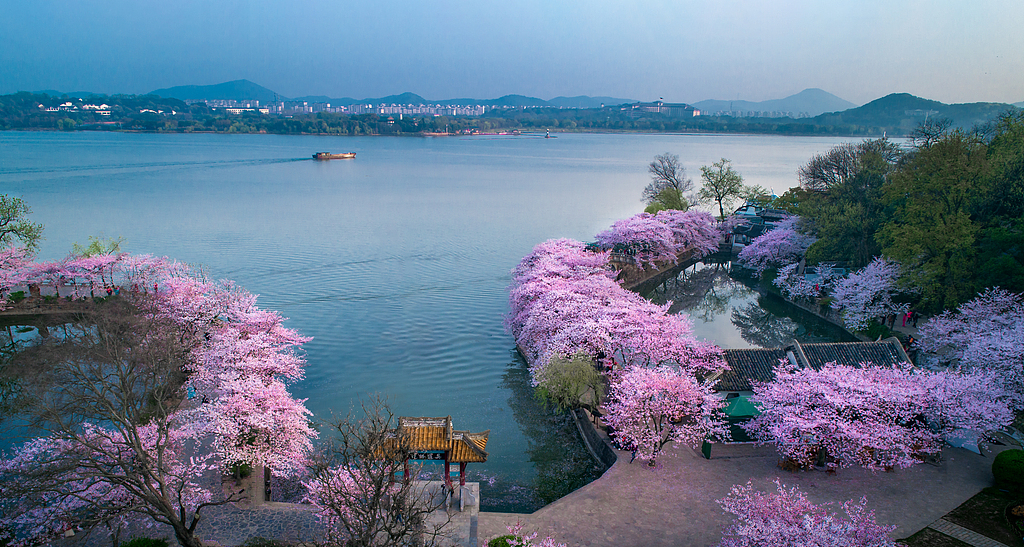
Taihu Lake: As China's third-largest freshwater lake, Taihu Lake is the crown jewel of Wuxi, renowned for its majestic landscapes and rich cultural heritage.
Jiangsu Cuisine: A Symphony of Sweet and Savory
Jiangsu cuisine is celebrated for its delicate balance of flavors and artistic presentation:
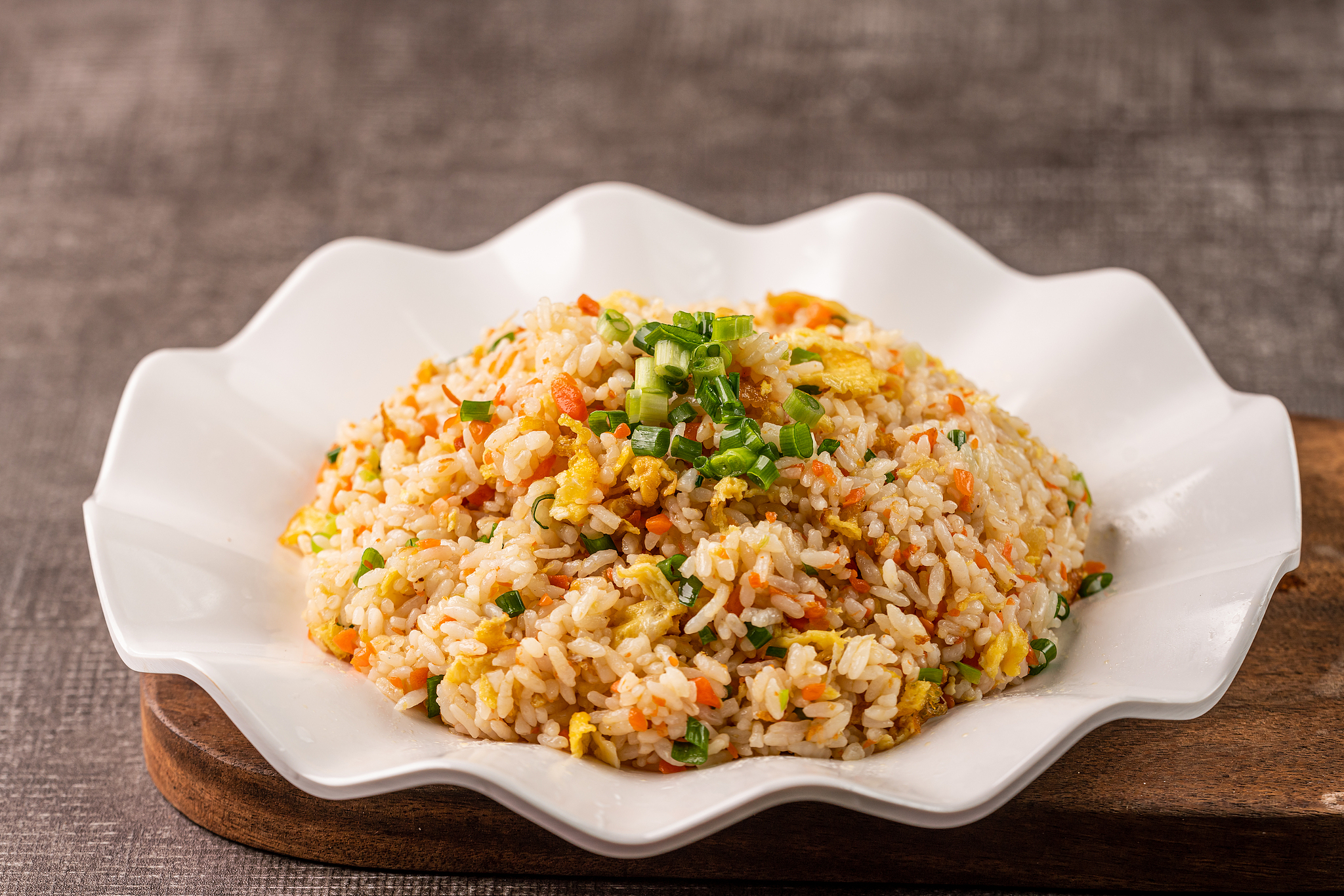
Yangzhou Fried Rice: A classic dish with shrimp, ham, and peas, perfected at Fuchun Teahouse in Yangzhou.

Duck blood soup with rice noodles: A signature dish from Nanjing, featuring tender duck blood, slippery rice noodles, and savory duck offal, all simmered in a rich, aromatic broth.
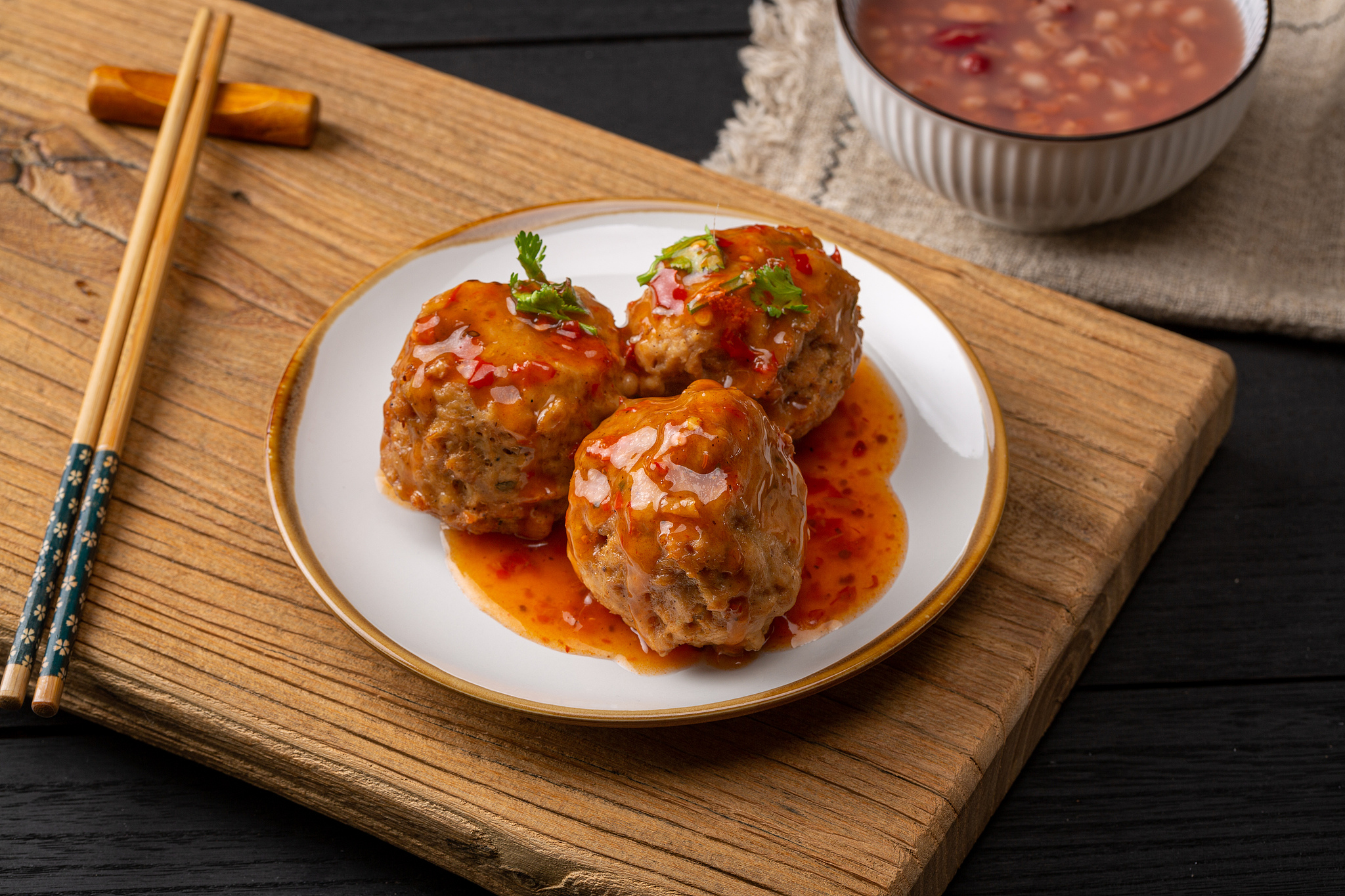
Lion's Head Meatballs: Supersized pork meatballs stewed with cabbage, best sampled at De Yue Lou in Nanjing.
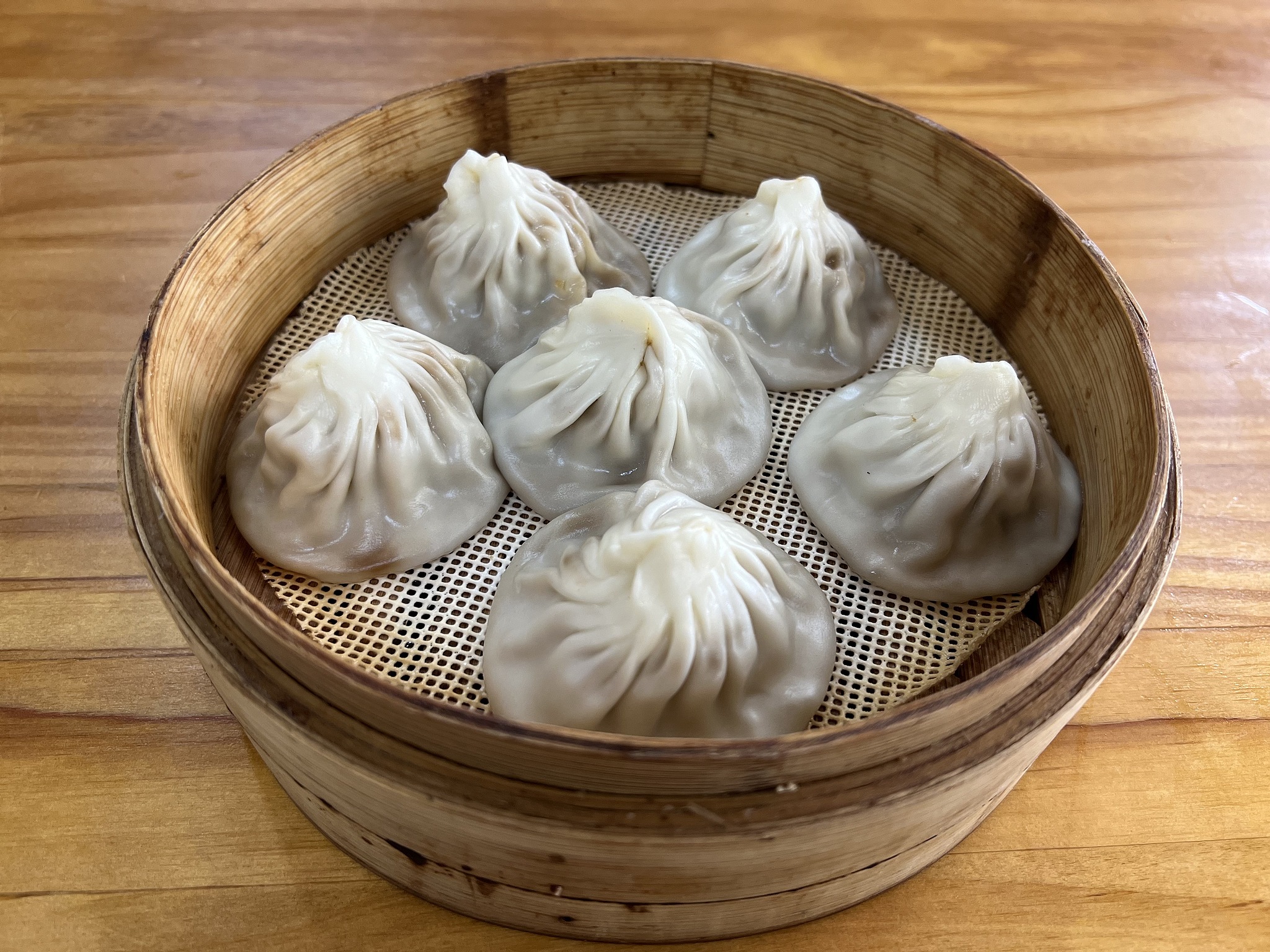
Xiaolongbao (Soup Dumplings): Wuxi's time-honored restaurants such as Wang Xing Ji and Xi Sheng Yuan offer translucent-skinned dumplings bursting with hot broth.
Immersive Cultural Encounters
Silk Weaving in Suzhou: Visit the Suzhou Silk Museum to try hand-reeling silk threads, a craft dating back 5,000 years.
Kunqu Opera Workshops: Don a silk robe and learn water sleeve dances from performers at Suzhou Kunqu Theatre.
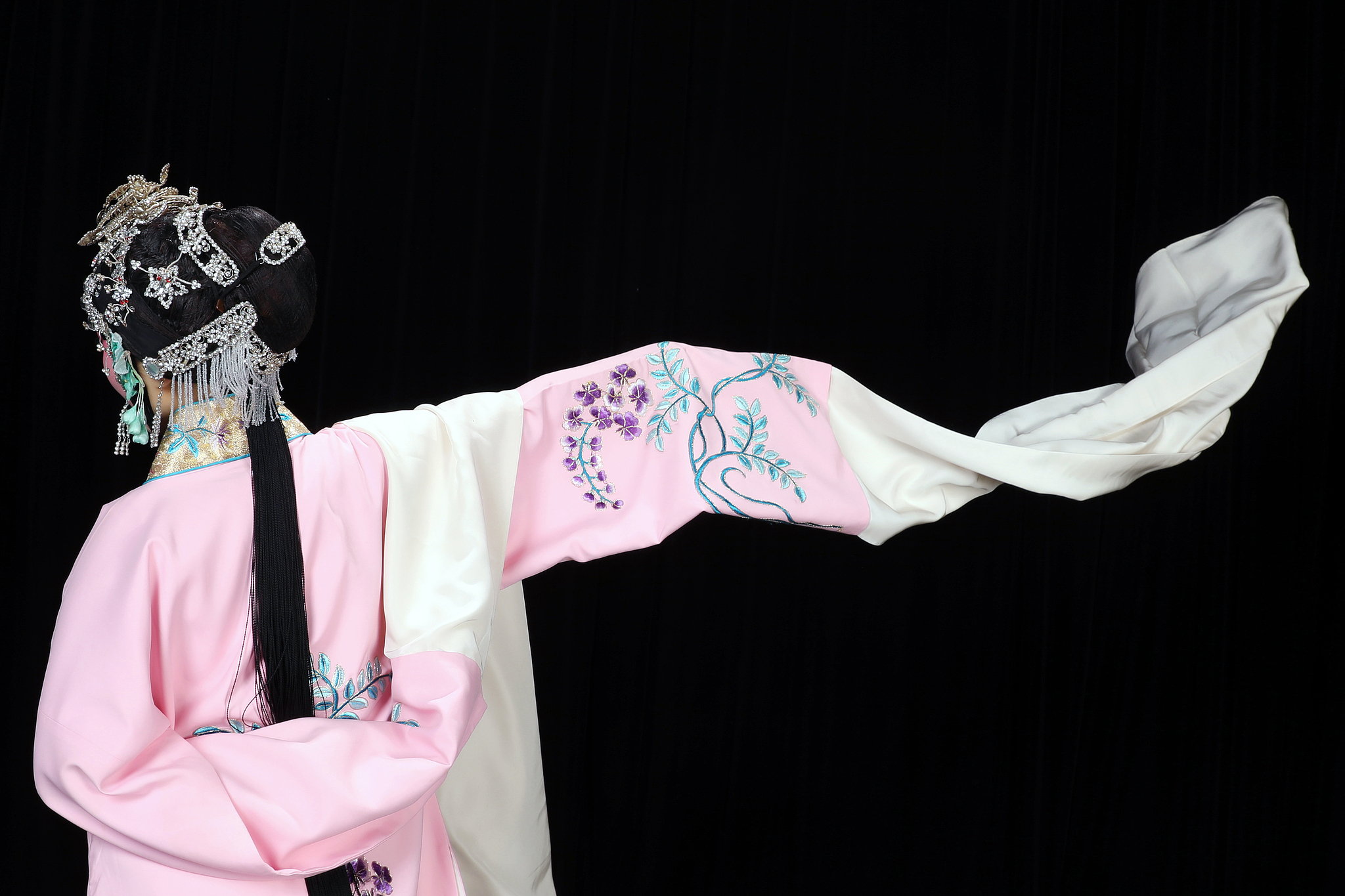
Rural Homestays in Yixing: Craft Zisha clay teapots with local artisans in China's "Pottery Capital", then enjoy a tea-tasting session.
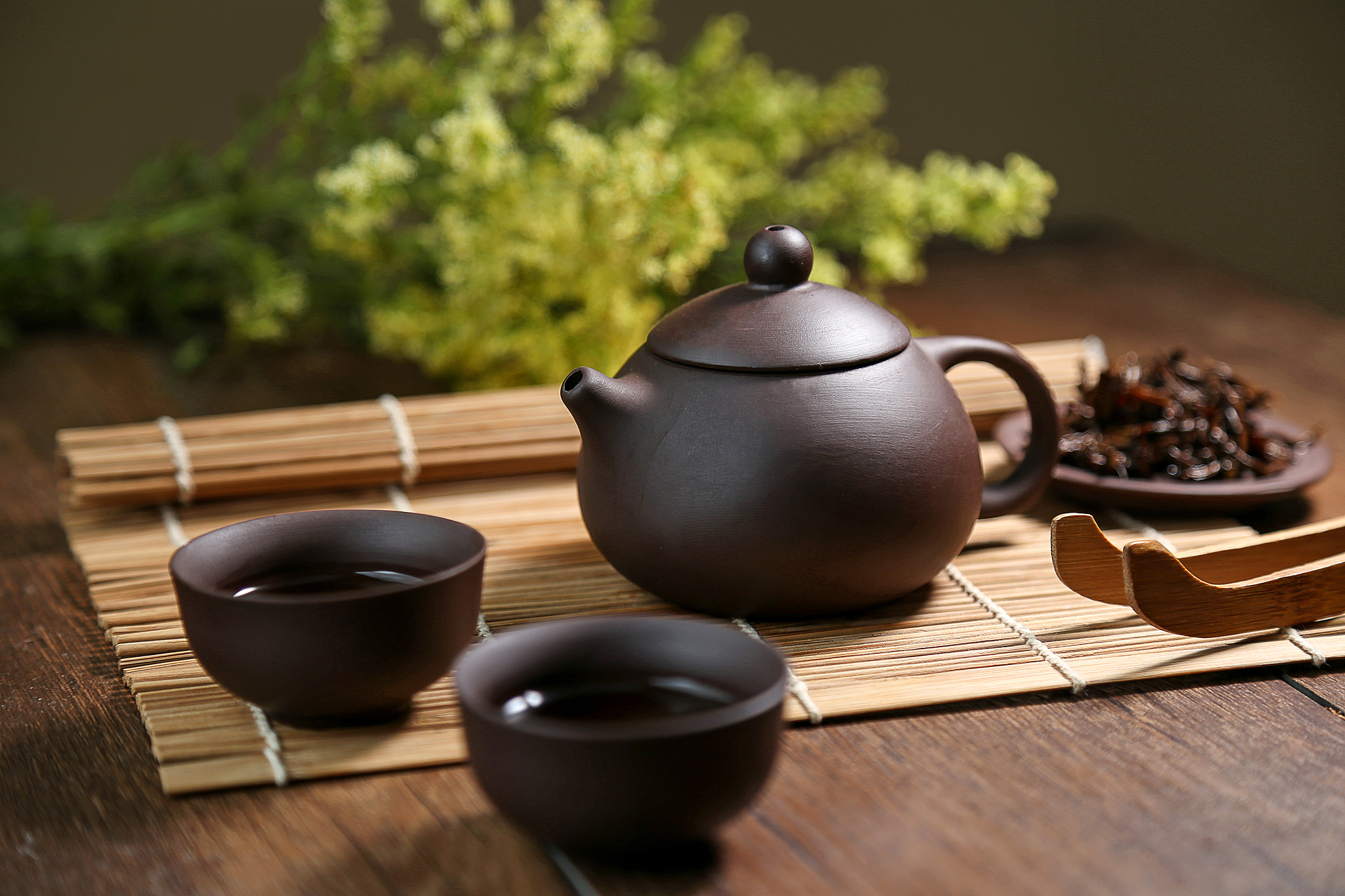
Festivals & Events
Nanjing International Plum Blossom Festival (February–March): Poetry competitions and light installations at Plum Blossom Mountain.
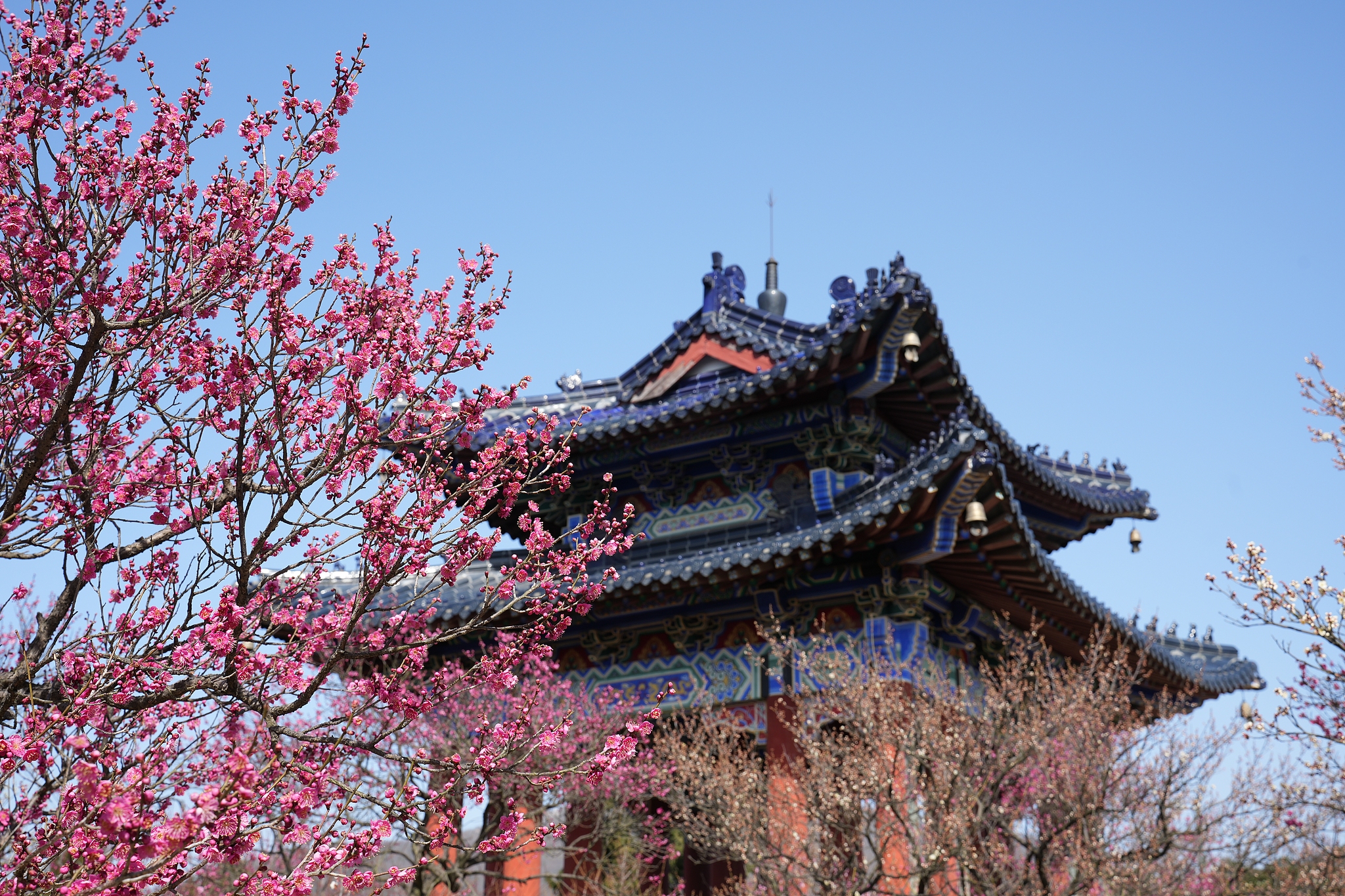
Suzhou Mid-Autumn Festival: Float lanterns on canals and watch shadow puppet shows in the ancient town of Tongli.
Practical Tips
- Best Time to Visit: Spring (March–May) for blossoms or autumn (September–November) for mild weather.
- Transport: Use metro systems in Nanjing, Suzhou and Wuxi; rent a car for rural areas.